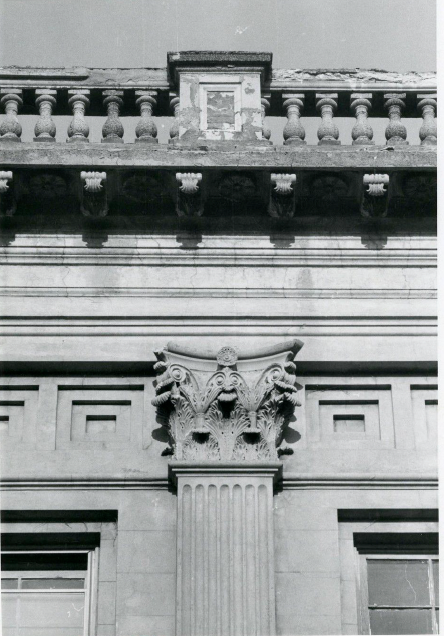
Irvington’s Original Creative ICON
In 1895, John Brisben Walker chose Irvington as the site for his bold publishing venture and enlisted architect Stanford White to design its home. The Cosmopolitan Building introduced the village to the artistry and ambition of the Gilded Age, marking the arrival of Irvington’s most distinguished architectural icon and ushering in a new era of creativity along the Hudson.
1895-1904
Vision & Foundations
John Brisben Walker chose Irvington as the site for his bold publishing venture and enlisted architect Stanford White to design its home. The Cosmopolitan Building introduced the village to the artistry and ambition of the Gilded Age, marking the arrival of a distinguished architectural icon and ushering in a new era of creativity along the Hudson.
1905-1910
The Cosmopolitan Era
For a brief but remarkable time, The Cosmopolitan Building was home to Cosmopolitan magazine, where some of its earliest editions took shape. Editors and printers filled its halls with creative energy that helped define a new voice in American publishing. In 1905, William Randolph Hearst acquired the magazine and moved it to New York City, closing Irvington’s founding chapter but cementing its place in media history.
MID 20TH-CENTURY
Industrial DECLINE
After Cosmopolitan magazine departed, the building was adapted for industrial use. Once grand spaces were subdivided and its façade obscured to make way for brick loading docks. Over time, successive owners prioritized function over preservation, and the building’s architectural character began to decay. Irvington’s icon of artistry and innovation gradually became a shadow of its former self, setting the stage for the restoration it now deserves.




